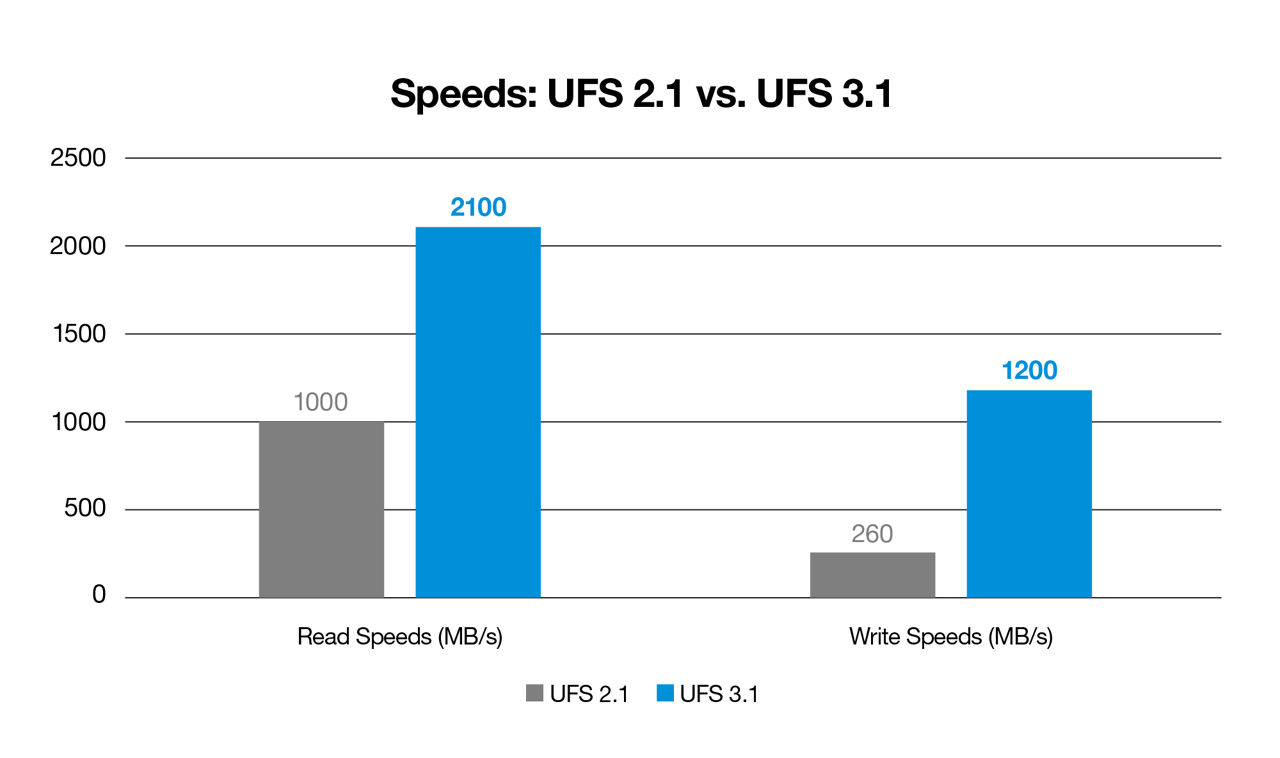We all know the drill.
Only last year we bought the latest, greatest smartphone, but today the next-generation phone was released. It has a bigger, brighter screen using the latest organic LED (OLED) technology, more memory for all those apps, but most importantly, it has the latest, fastest processor and memory that deliver an almost instantaneous user experience. In fact, the average smartphone today is more responsive and more user friendly than most computers from just a few years ago.
Mobile devices and their user interactions
The smartphone experience sets the standard for what consumers expect when interacting with an information device. When the informed consumer steps into their vehicle, the expectation is that the interactive experience from their mobile devices should extend to the car. Yet for years the in-car experience has not lived up to that. Vehicles historically have had small lower-resolution screens, sluggish performance, and static features that are unable to be upgraded. Many analyst reviews and consumer ratings underscore these shortcomings.
Latest-generation IVI gets smarter
But all of this is changing! The latest generation in-vehicle infotainment systems (IVI) are built on compute platforms that rival those in modern mobile devices, with upgradable features, Android App stores, and the latest high-resolution displays. But to date these systems have still lacked one important component that has benefited the mobile industry for the last few years: the inclusion of the latest Universal Flash System (UFS) 3.1 storage devices.
UFS 3.1 devices enable two times faster read performance and a 50% improvement in sustained write performance than last-generation UFS 2.1 devices, enabling faster startups and over-the-air updates, more responsive launching of applications and an overall smoother user experience. (See Figure 1, which is based on expected speeds from JEDEC.) These devices have not been available to the automotive industry until now.
 Figure 1: Performance* of UFS 2.1 vs. UFS 3.1 devices
Figure 1: Performance* of UFS 2.1 vs. UFS 3.1 devices
Values in this chart represent theoretical maximum capabilities of UFS 2.1 (JESD220c standard) and UFS 3.1 (JESD220e standard) interface speeds as provided from JEDEC.
Micron has recently introduced the first automotive-qualified portfolio of UFS 3.1 memory devices. These managed NAND components meet the rigors of the automotive environment and bring the benefits of faster performance to automotive IVI systems, bringing the user experience in line with the expectations of consumers. Based on 96-layer NAND technology, this memory is faster than previous generations of NAND, offering cost/density benefits vs. previous generations while supporting capacities up to 2 TB.
“Car owners increasingly demand their experiences in-cabin to match those of their mobile devices in terms of instant-on, increased number of apps and seamless connectivity,” said Kris Baxter, corporate vice president and general manager of Micron’s Embedded Business Unit. “These feature-rich systems are expected to work a few seconds after the key turns on the ignition; there’s little tolerance for PC-like wait times on the road. With superior performance, Micron’s portfolio of UFS 3.1 automotive storage eliminates lags and continuously powers crisp, intelligent experiences at the edge.”
UFS 3.1 meets high automotive-quality standards
In addition to their many performance benefits, Micron UFS 3.1 memory devices meet the following automotive standards:
- Micron’s UFS 3.1 products are designed to JEDEC specification, which is the basis for any memory device. Micron automotive memories are also compliant with specific automotive quality and reliability standards, which includes Automotive SPICE®, IATF 16949 and AEC-Q104 in addition to support for extended temperature ranges from –40°C to 105°C.
- Micron’s UFS 3.1 solutions support the production part approval process (PPAP) and advanced product quality planning (APQP).
- Micron’s UFS 3.1 products employ a redundant array of independent NAND (RAIN) technology to help protect data inside the UFS device against unexpected errors and ensure best-in-class data integrity.
- Micron’s UFS 3.1 product has been developed under an IATF 16949 compliant Quality Management System (QMS) to provide a level of systematic fault coverage as per ISO 26262 QM definition. Micron provides support to customers who need to integrate its products in their functional safety-related applications. This support includes Safety Analysis Report, reporting FMEDA results and metrics, and
- Safety Application Note and Pin FMEA, providing guidelines and instructions for using Micron products in safety-related applications. The automotive UFS 3.1 quality relies on:
- Micron’s mature automotive development and manufacturing process
- Reviews and inspections of requirements, design specification and implementation, and other work products created during the UFS 3.1 product development and production
- Exhaustive pre-silicon verification, including simulation, design analysis and formal verification methods
- Rigorous post-silicon verification, including validation, characterization and AEC-Q104 automotive qualification
- Requirements traceability to pre-silicon and post-silicon verification
- State-of-the-art automotive production testing
- Qualitative failure mode analyses (Design-FMEA)
- Quantitative analysis of random hardware faults (FMEDA)
Trusted advisors and No.1 in automotive
Micron memory devices continue to enjoy the leading share in the automotive market because of strong customer support and our careful attention to the unique needs of the automotive industry.
The in-vehicle experience continues to evolve as the industry moves toward autonomous driving. You can expect new applications to become part of the architecture, such as eCommerce, home network integration, driver and passenger monitoring, and extensive use of AI.
As the market share leader, Micron is uniquely positioned as the top memory supplier to the automotive industry with over 40% of the global market. You can count on Micron to be at the forefront of innovating to support the automotive design community.